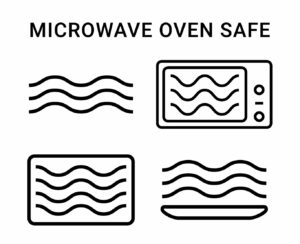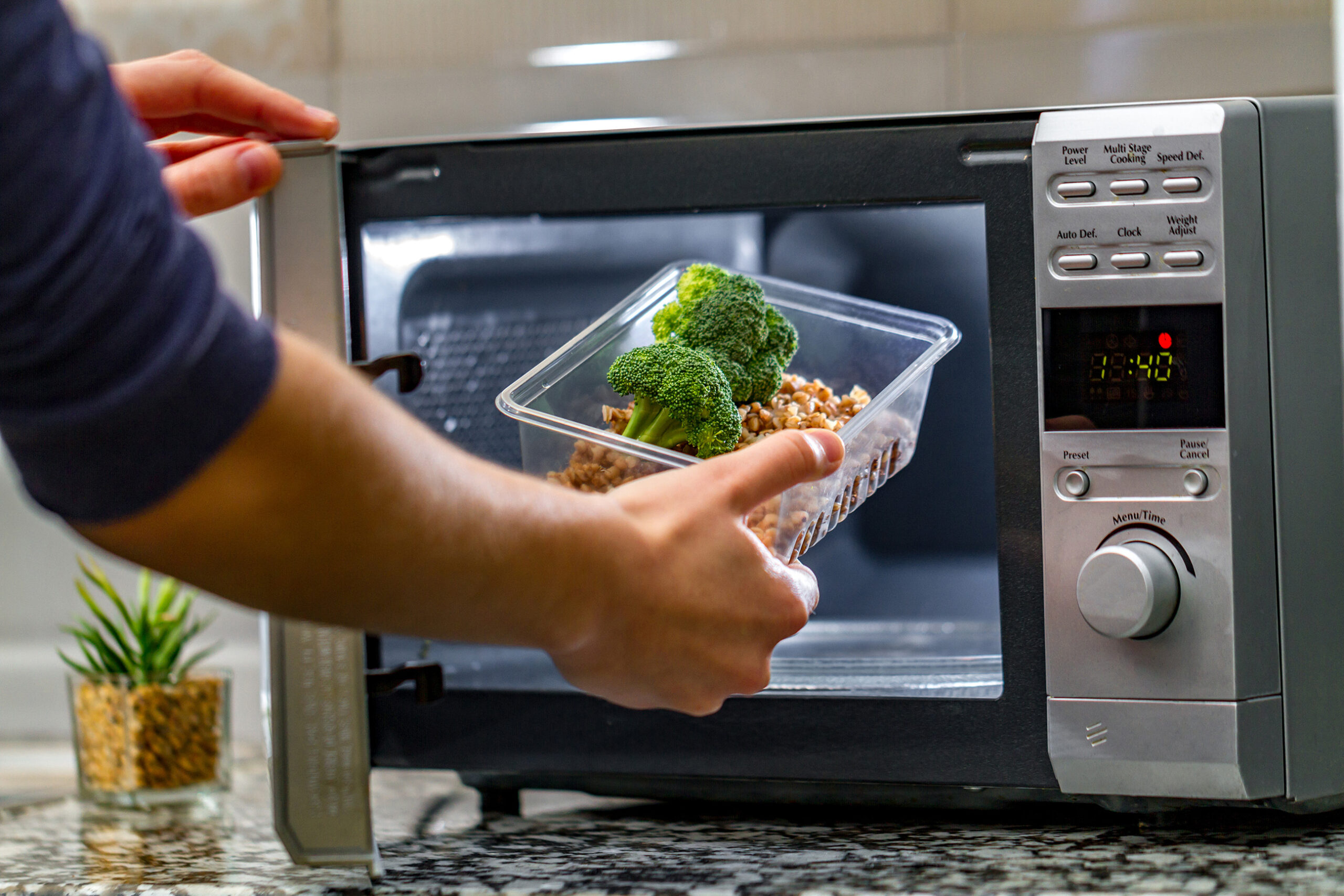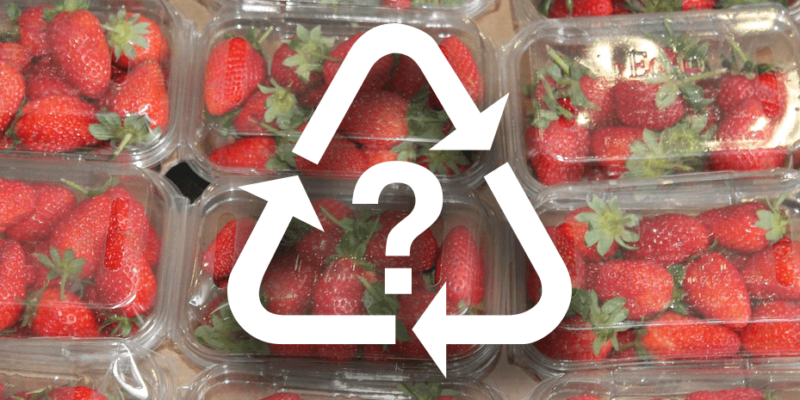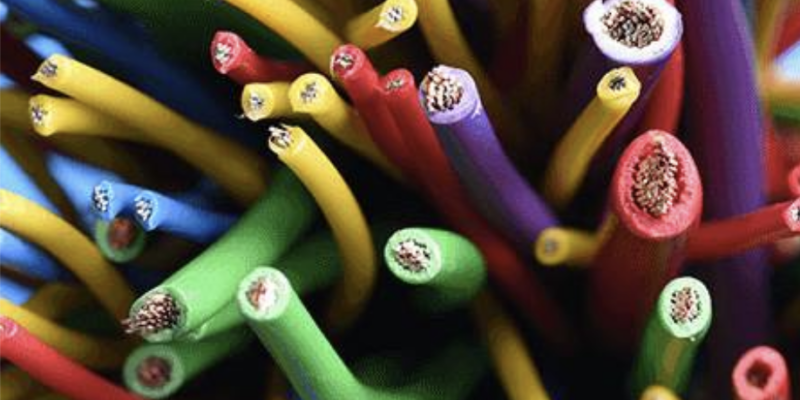Heating up last night’s leftovers in a plastic container? It’s easy to check to see whether a plastic container or wrap is safe to use in the microwave. In fact, many plastic containers are designed specifically to withstand high microwave temperatures.
To see if a plastic container or wrap is microwave-safe, check the label:

- Products labeled “Microwave Safe” can be used in a microwave.
- Products labeled with an imprinted microwave symbol can be used in the microwave. This symbol is mostly used on reusable plastic storage containers. Learn more about the different types of plastic food packaging and symbols.
- Other plastic containers, packages or wraps may include instructions for proper microwave use on their labels.
All plastic food packaging materials – whether or not it’s microwave-safe – must meet stringent U.S. Food and Drug Administration (FDA) safety standards. FDA undertakes a safety review for all new food-contact materials before permitting them on the market.
Some types of plastics, such as plastics used in butter tubs and deli containers, are designed for cold food storage, not for reheating. If the container in question is not labeled for microwave use, put your food in a container that is before heating it in the microwave.
Interested in learning more about food safety and chemistry? Here are some other resources that may be of interest:



